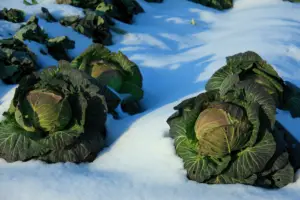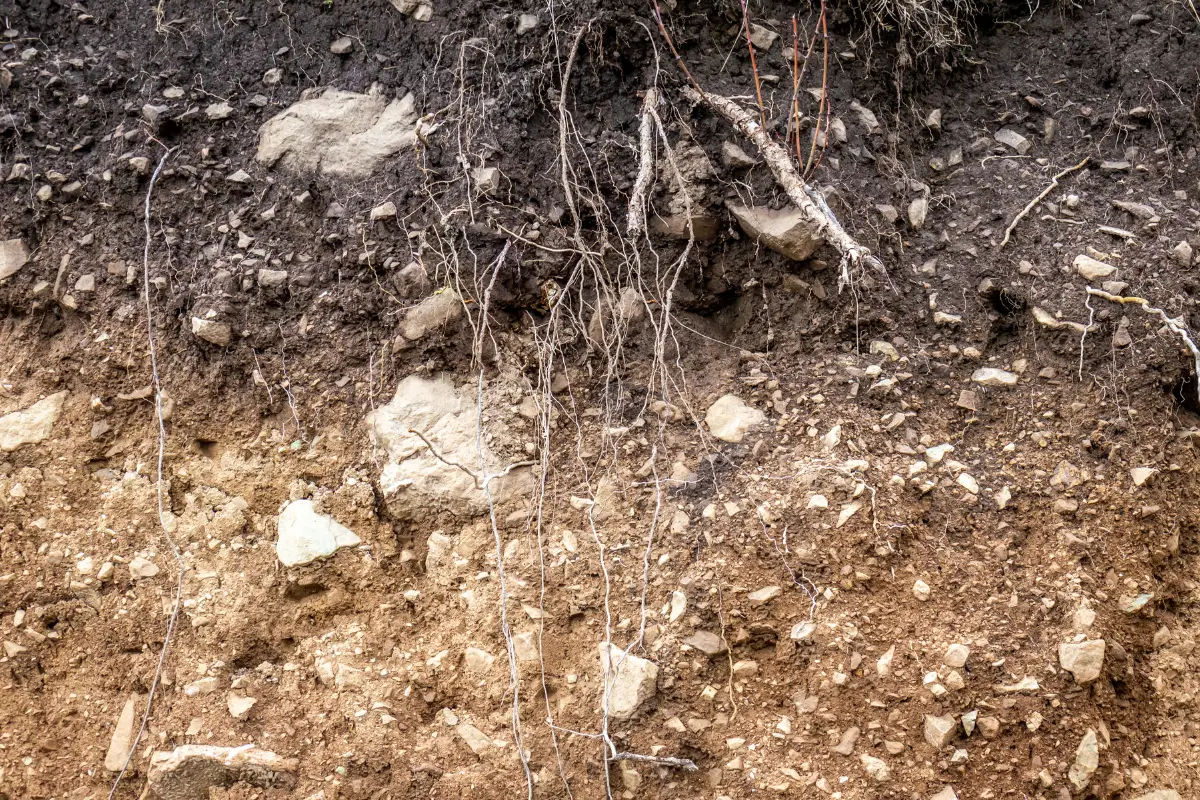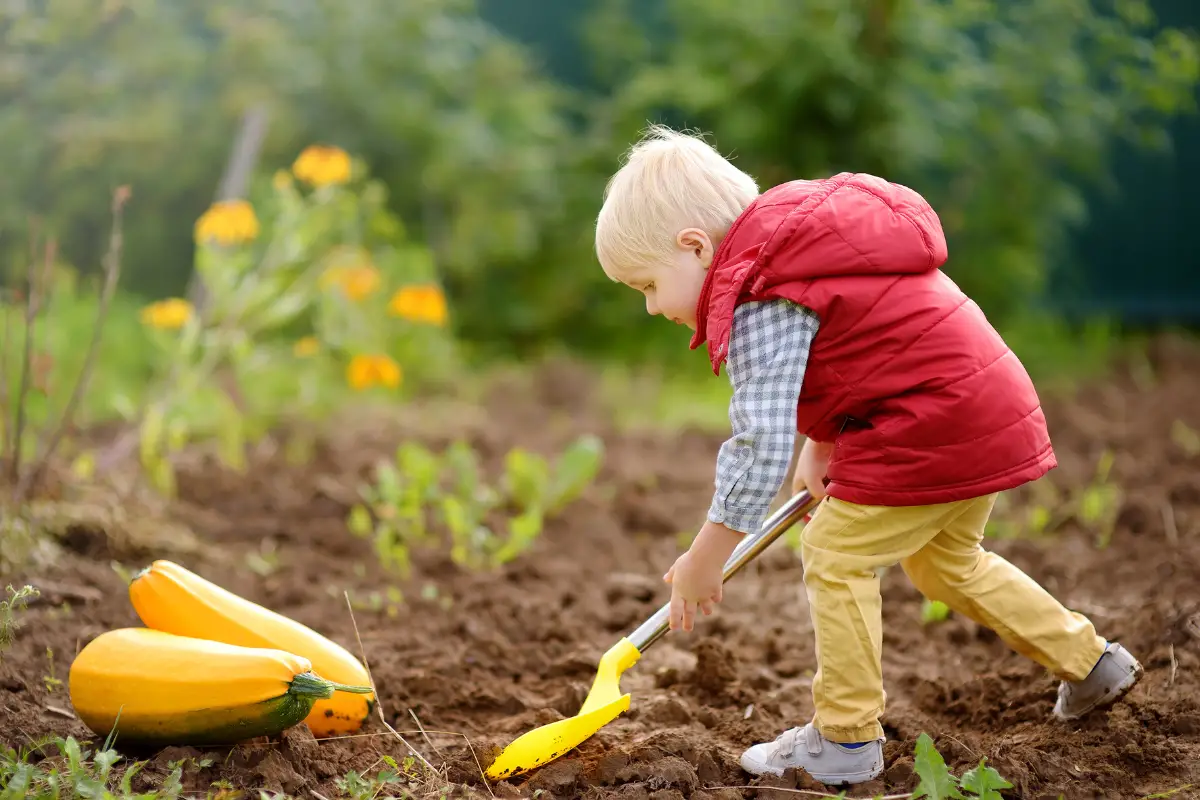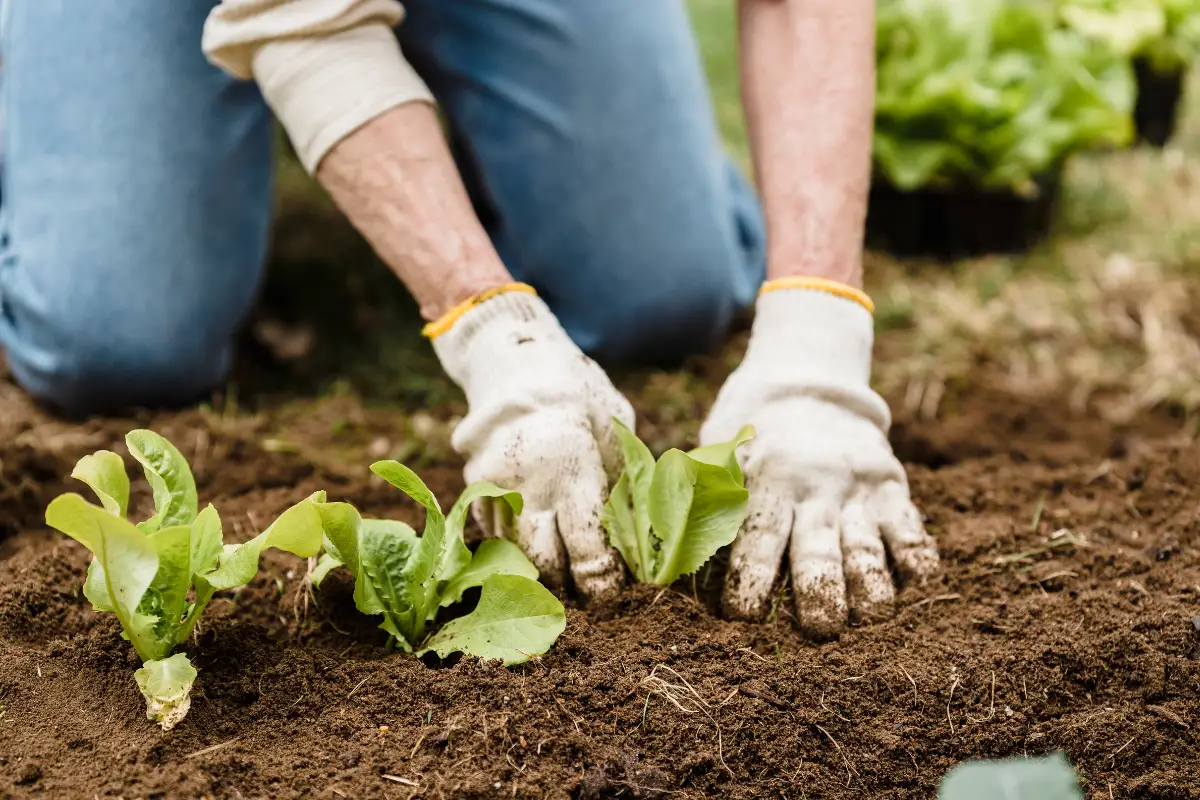Succulents are susceptible to rot, so they need soil with lots of drainage and aeration. You can remove debris such as twigs and rocks. Then, add sand, some perlite, then add well-draining topsoil. Small pebbles also work to add more drainage.
Overall, you want your succulent soil to have plenty of drainage and aeration.

Succulents don’t like much water, so the more drainage they have, the more they’ll thrive.
You have plenty of options when preparing the soil for these plants!
Table of Contents
How Do I Make Soil for Succulents?
Making your own succulent soil is cheaper than buying it from a gardening store.
Plus, it’s easy! You can create soil that offers more drainage, so overwatering becomes less of a problem.

For that, you’ll need porous materials for the best draining.
First, you’ll need to get all of the ingredients; most garden centers have them in abundance.
You will need:
- Coarse sand
- Perlite (or pumice)
- Standard potting soil
You can use any fresh potting soil at home as a base.
You do need to make sure that it is well-draining, however! It shouldn’t hold in water.
Then, you’ll want to add your sand to it. Coarse sand is better than fine sand for added drainage benefits. Make sure you use new, fresh sand!
Lastly, perlite is the white bits you see in store-bought potting mix. It doesn’t hold in water, keeps the soil aerated, and is excellent for drainage!
In Other Words – It’s essential for making a succulent potting mix. Once you have all these parts, it’s time to combine them.
How Do I Combine the Ingredients?
When you’re ready to combine the ingredients to make the soil, you’ll need these tools:
- Measuring scoops
- A trowel
- A large mixing container
Next, measure three parts of potting soil, one part perlite, and two parts sand.
If you use one cup perlite, you need three cups of soil and two cups of sand. By measuring in parts, you can adjust the recipe as needed.

For example, if you’re only planting a few succulents, you won’t need to prepare as much soil as someone who wants to plant a garden full of them!
Add all the ingredients to your mixing container and stir it with a trowel (your hands work too).
You want to spend a reasonable amount of time mixing so that everything combines well.
Then, your soil is ready to use! You can use this mixture for various succulents, whether you plan to grow them in or outdoors.
How Do I Store Leftover Succulent Soil?
If you make too much, don’t worry.
It’s possible to store your DIY succulent soil.
You can put the dirt in an airtight container to hold it all, then leave it in your:
- shed
- garage
- or basement
Some people store the soil container outside under a tarp.
Since it’s so simple to store the leftovers, you can also make a large amount of the soil ahead of time.

Then, keep it for when you need it- you’ll never run out this way!
However, an airtight container is essential. You don’t want the soil to absorb too much water or attract insects.
One of the best options is a bucket with a tight-fitting lid because of this.
Overall – Storing leftover homemade succulent soil isn’t an issue for most people.
Why Should I Make Succulent Soil?
It’s better that you make your succulent potting mix.
First, it’s a lot cheaper than getting store-bought soil. Second, you can ensure your plants love the mixture.
Making succulent soil also isn’t very hard, as long as you have access to suitable materials.
You need to combine all the soil parts, then plant and care for the succulents like normal.
Is There a Difference Between Succulent and Standard Soil?
There are a few slight differences between succulent soil and typical potting soil:
- Succulent soil has much more drainage, keeping the plants happy and preventing root rot.
- Succulents don’t like excess water, meaning it’s best to use soil made just for them.
- Succulent soil is very porous, allowing water to run through it quickly. If you make your own, you’ll know it’s well-draining.
Ordinary potting soil can hold in too much liquid for succulents.

While it may be fine if you don’t water your plants very often, you can’t control when it rains!
You’ll need to make sure you have well-draining soil if you want to grow your succulents outside.
In Short: You’ll likely need to have particular soil for your succulents! You can even repot succulents into your DIY soil, so you know it’s porous. Not all garden stores plant succulents in the best ground for them.
What Nutrients Do Succulents Need?
Succulents love nitrogen!
You can find plenty of fertilizers that have added nitrogen.

If your succulent is outside, odds are it won’t need more nutrients. However, potted succulents need occasional fertilizer to survive.
Instead of fertilizer, you can also use coffee grounds.
Keep in Mind – Coffee grounds release nitrogen into the soil, allowing them to thrive. The grounds even help aerate the soil and keep away weeds and pests!
You can add a small portion of the grounds to your homemade soil. Then, add more coffee grounds to the succulents from time to time as a fertilizer alternative.
How Do I Plant a Succulent?
If you’re using a planter, fill it with your soil almost up to the top.
You need to leave room for the plant to fit!

Center the succulent while burrowing the tips of the root in the soil. Then, fill your planter the rest of the way with soil.
You want all of the leaves to be above the earth. Finally, poke the ground with a pencil a few times for aeration. It also prevents settling!
You can follow the same planting process if you’re planting them outside in a garden bed.
However, you’ll be doing so on a much larger scale. You can also top the garden bed or planter with decorative pebbles.
Read Next
- How to Dry Basil Leaves: A Professional Guide
- Is an Avocado a Fruit or Vegetable? Simple Answer and Explanation
- Does Pineapple Have Seeds? Exploring the Anatomy of Pineapples
- Blooming Through Winter: Can I Grow Vegetables Indoors in the Winter?
- What Can You Grow in a Greenhouse All Year Round: A Guide to Year-Round Greenhouse Gardening
- Are Blueberries Blue? Debunking the Myth of Their Color
















